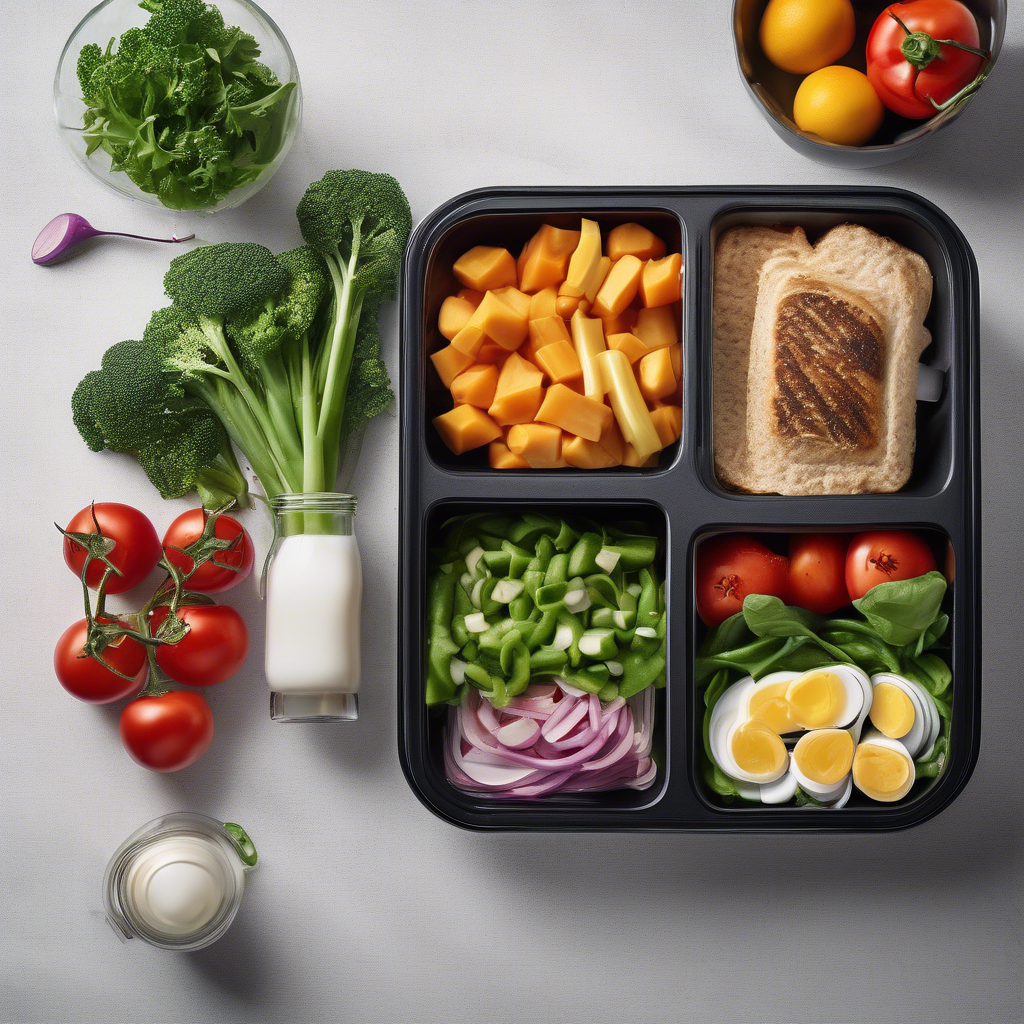Creating a Personal System to Track Your Progress

In today’s fast-paced world, staying on top of personal goals and maintaining productivity can feel like an uphill battle. With countless distractions and responsibilities vying for our attention, it’s easy to lose sight of where we stand and where we’re headed. This is why creating a personal system to track your progress is more important than ever.
Whether you’re striving for professional success, personal development, or simply trying to improve productivity with the Pomodoro Technique, having a reliable progress monitoring system can make all the difference. Such systems not only keep you accountable but also provide clarity and motivation as you work towards your objectives. In this article, you’ll learn how to establish a goal tracking system that suits your unique needs, explore various productivity tools, and discover self-improvement techniques that will help you track personal goals effectively.
Understanding the Basics of Personal Progress Tracking
At its core, a personal progress tracking system is designed to help individuals monitor and evaluate their progress towards specific goals. This involves setting clear objectives, measuring advancements, and making necessary adjustments to stay on course. For instance, if your goal is to complete a marathon, your tracking system might include weekly mileage targets, nutritional planning, and rest days.
Real-world examples highlight the effectiveness of progress tracking. Consider a student aiming to improve their grades. By utilizing a study schedule and recording their performance on assignments and exams, they can identify areas needing improvement and celebrate incremental successes. A study by the Dominican University of California found that people who wrote down their goals, shared them with a friend, and sent weekly updates were 33%
more successful in accomplishing their goals than those who merely formulated goals mentally.
To break complex concepts into actionable steps, begin by defining what success looks like for you. Use the SMART criteria—Specific, Measurable, Achievable, Relevant, Time-bound—
to formulate your goals. This framework ensures that your objectives are clear and attainable, providing a solid foundation for your progress tracking system.
Selecting the Right Productivity Tools
The right tools can significantly enhance your ability to track personal goals and remain focused. From digital apps to traditional planners, there’s a plethora of options to suit different preferences and lifestyles. For digital enthusiasts, apps like Trello, Asana, and Todoist offer customizable features that allow users to organize tasks, set deadlines, and track progress in real time.
Productivity tools can also leverage popular methodologies like the Pomodoro Technique. This technique involves working in focused bursts of 25 minutes followed by short breaks, which can improve productivity by maintaining mental sharpness and preventing burnout. Incorporating such methods into your tracking system can optimize performance and ensure sustained progress.
For those who prefer a more tactile approach, bullet journals provide a creative and personalized way to document progress. These journals combine the structure of a planner with the flexibility of a sketchbook, allowing users to visualize their journey and reflect on achievements. Ultimately, the best tool is one that aligns with your personal preferences and enhances your self-improvement efforts.
Implementing Self-Improvement Techniques
Self-improvement techniques are integral to a successful progress monitoring system. Techniques such as mindfulness, reflection, and continuous learning help maintain motivation and adaptability. By incorporating these into your routine, you can better assess your progress and make informed decisions about your next steps.
Mindfulness, for instance, encourages present-moment awareness, helping you stay focused on your goals without becoming overwhelmed by future uncertainties. Reflection, on the other hand, involves regularly reviewing your progress, identifying patterns, and adjusting strategies as needed. A study published in the Harvard Business Review found that employees who engaged in daily reflection performed 23%
better after ten days than those who did not.
Continuous learning ensures that your skills and knowledge remain relevant, allowing you to adapt to changing circumstances. This might involve taking online courses, attending workshops, or simply reading industry-related articles. By prioritizing self-improvement, you not only achieve your current goals but also prepare for future challenges.
For those who prefer visual learning, a complementary video can provide additional insights into effectively using these tools and techniques for personal progress tracking. Watching experts share their experiences can inspire new ideas and offer practical advice that you can implement immediately.

Frequently Asked Questions
What is the best way to start a goal tracking system?
Begin by defining your goals using the SMART criteria, ensuring they are Specific, Measurable, Achievable, Relevant, and Time-bound. Choose a tracking method that suits your lifestyle, whether it’s a digital app or a physical planner. Start small and gradually expand your system as you become comfortable.
How can I improve productivity with the Pomodoro Technique?
To utilize the Pomodoro Technique, work in focused 25-minute intervals followed by 5-minute breaks. This technique helps maintain concentration and prevent burnout. Tools like timers or Pomodoro apps can assist in implementing this method effectively.
Are digital tools better than traditional planners for tracking progress?
The choice between digital tools and traditional planners depends on personal preference. Digital tools offer convenience and accessibility, while traditional planners provide a tactile, personalized experience. Choose what aligns best with your habits and lifestyle.
What role does reflection play in a progress monitoring system?
Reflection allows you to assess your progress, identify patterns, and make necessary adjustments. Regularly reviewing your achievements and setbacks helps maintain motivation and ensures that you stay aligned with your goals.
How can continuous learning aid in personal development?
Continuous learning keeps your skills and knowledge up-to-date, enabling you to adapt to new challenges. Engaging in online courses, workshops, and reading industry-related content can enhance your personal development and support goal attainment.
Conclusion
Creating a personal system to track your progress is an invaluable strategy for achieving your goals. By understanding the basics of progress tracking, selecting the right productivity tools, and implementing self-improvement techniques, you can build a robust framework that supports your journey.
As you move forward, remember to regularly assess and adjust your system to ensure it remains effective. Consider exploring complementary topics such as habit formation, time management strategies, and the impact of accountability partners on goal achievement.
Take the first step today by setting up your personalized progress monitoring system. Embrace the journey of self-improvement and watch as you move closer to realizing your aspirations. Start now and unlock your potential!
Further Reading
Explore these topics to deepen your understanding and enhance your progress tracking journey:
- Habit Formation and Its Impact on Productivity
- Effective Time Management Strategies for Personal Growth
- The Role of Accountability Partners in Goal Achievement



